A Day in the Life of a Pilot
Ask Captain Lim
JULY 13, 2025
The first step is reviewing the flight plan, a detailed document outlining the route, weather conditions, fuel requirements and potential alternate airports in case of emergency. Weather plays a crucial role. Passengers might notice the plane moving slowly on the tarmac. While rare, emergencies do happen.

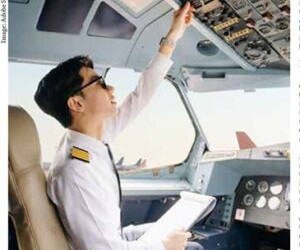
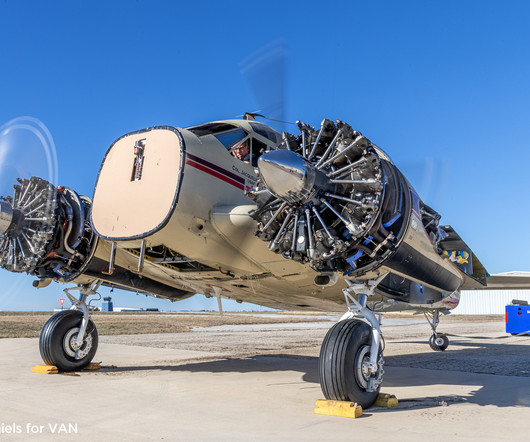

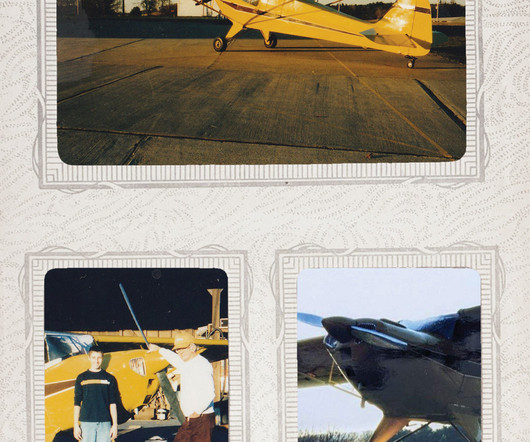

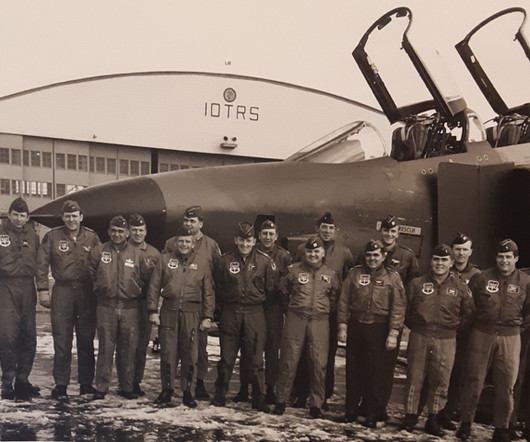
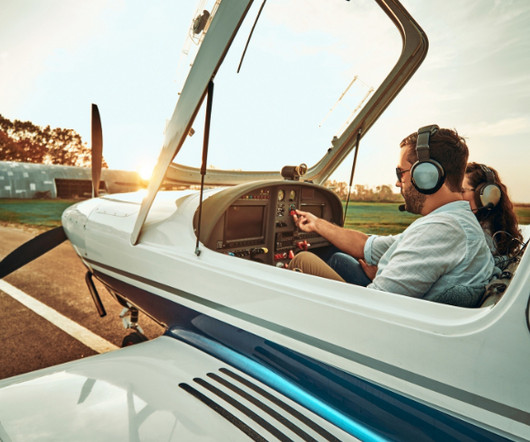
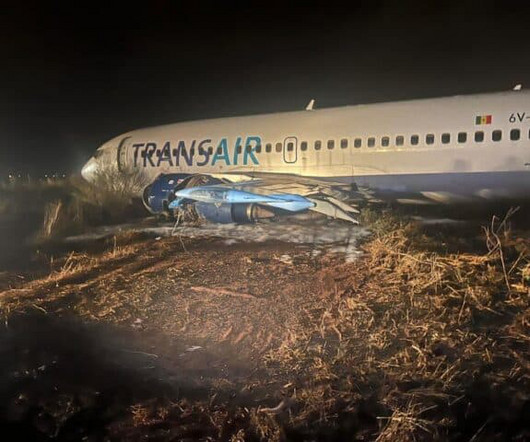

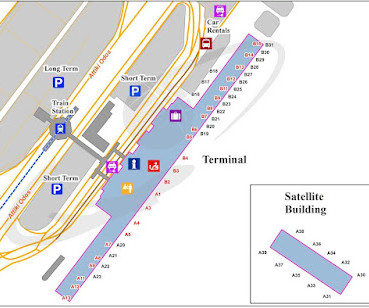






Let's personalize your content